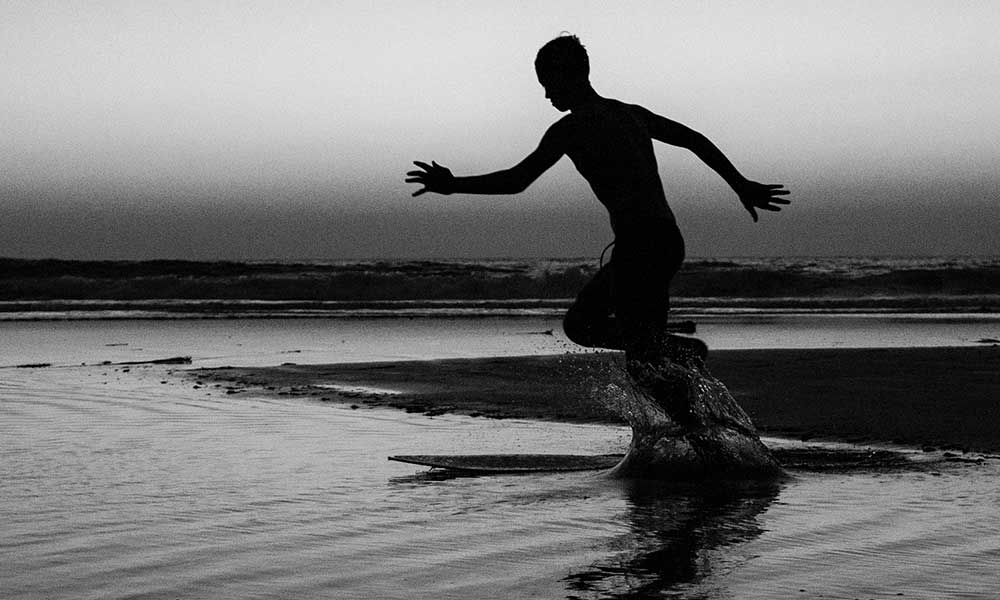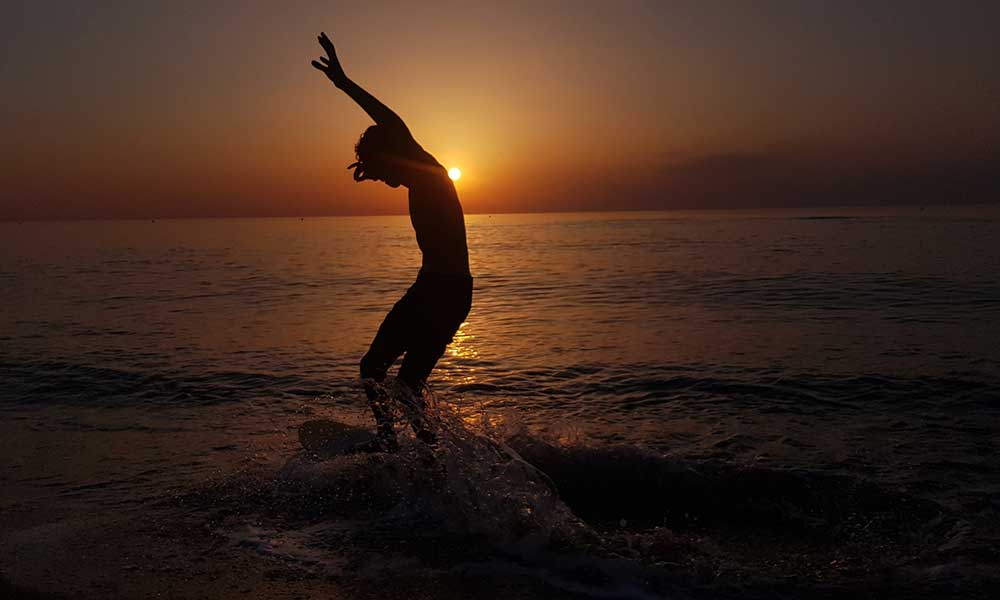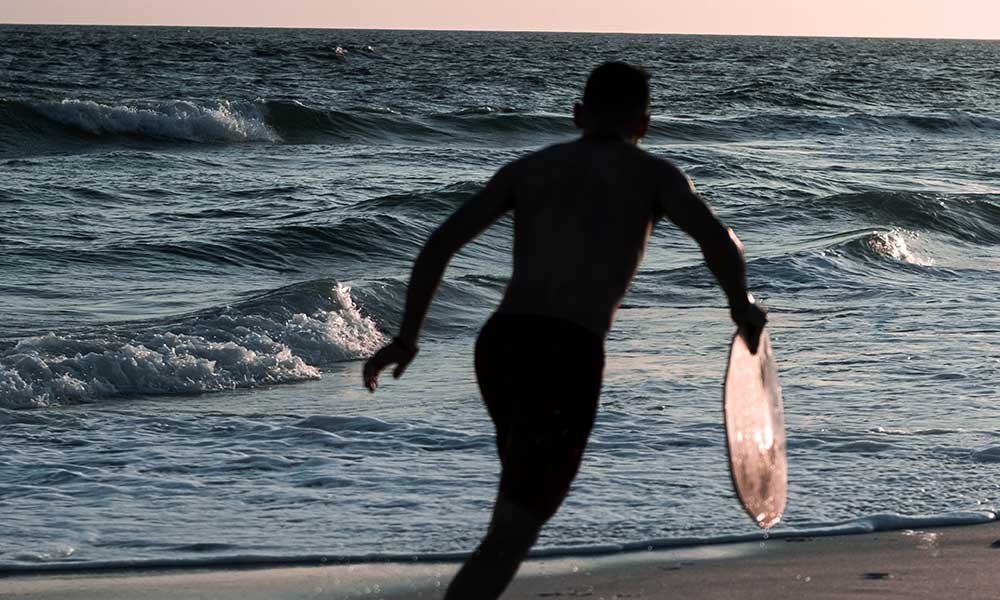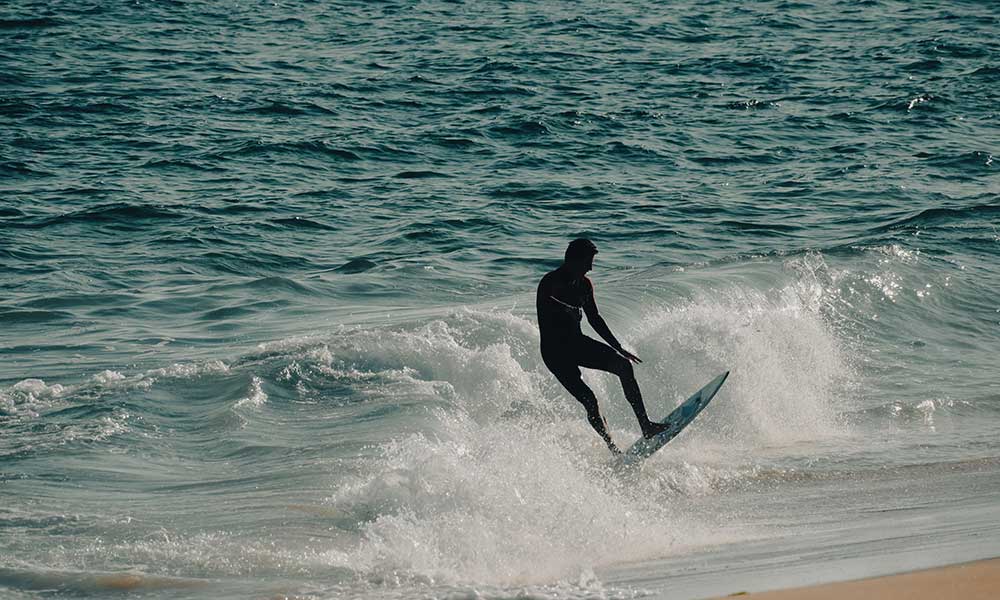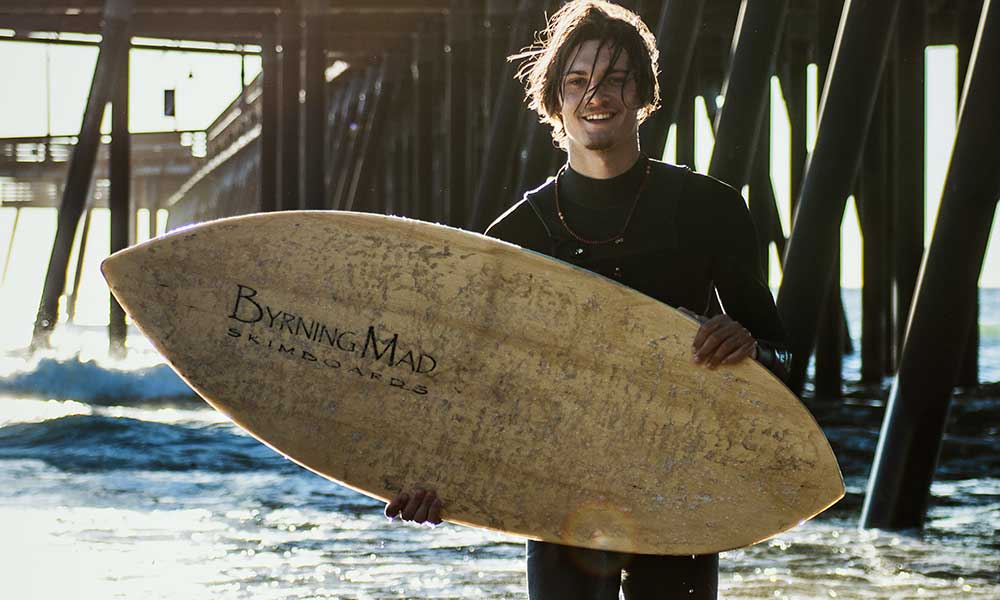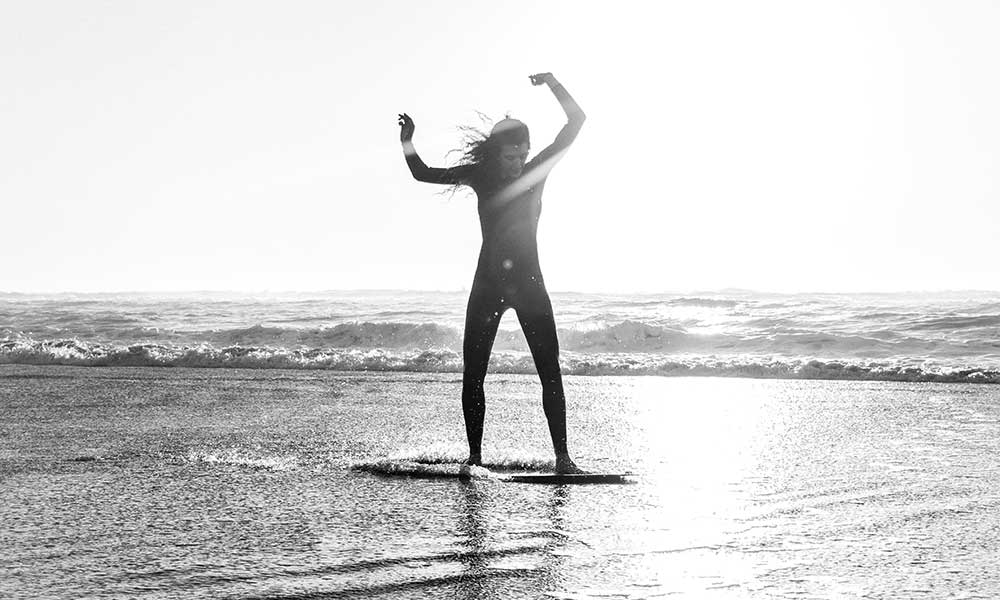As fun as it is to skim over crashing waves and wet sand, you can’t beat the experience of riding over a skimboarding rail and launching off a ramp.
These obstacles are relatively easy to make. If you have some free time and basic tools and materials, you can construct your own rails and ramps for inland skimboarding.
Here’s how.
What are Skimboarding Ramps?
Ramps are used to perform an array of tricks while inland skimboarding. There are several different types, including:
The Curved Kicker
The curved kicker looks somewhat like a skateboarding kicker. It has a low entrance and a sharp curve upward, making it perfect for launching into tricks.
The most advanced rails incorporate curves and can be used to perform even more complex tricks.
The Box
A very basic style of rail that has a uniform structure and can be tricked onto.
The Up-Rail
Up-rails are long ramps with a long slight slope that runs from one end to the other. There is a drop-off at the end and it can be used to perform an array of tricks while inland skimboarding.
The Roller Coaster
The roller coaster is a very advanced rail that scoops up and then down just like a roller coaster. There is often a drop-off at one end that can be used to launch off and perform tricks.
Obstacles
In addition to skimboarding ramps, there are also an array of obstacles you can grind, slide, and jump over. These are fairly easy to create and you can use whatever feels natural.
Rocks, logs, crates—whatever works!
For instance, one of the best inland skimboarding tricks is something known as a hippy jump. It’s performed by riding into an obstacle, jumping off the board, letting the board slide underneath the obstacle, and then landing on the other side.
You can use a log, table, shipping crate, and an array of other obstacles for this trick.
What Do I Need to Make a Skimboarding Ramp?
As noted above, there are several different types of skimboarding obstacles and ramps, as well as a variety of obstacles you can use while skimboarding. Here are some of the materials you’ll need when making your own skimboarding rail or ramp.
PVC Pressure Pipes
PVC pressure pipes can be ridden without shattering. Harder pipes are better, as they are easier to ride.
Plywood
Plywood is a cheap and widely available wood. It’s also lightweight and easy to transport. You can make some very good skimboarding rails from a few planks of plywood and pressure pipes.
Milk Crates
Milk crates are fantastic for skimboarding rails. They are lightweight, durable, and you don’t need to worry about them getting wet. Just make sure it is big enough and strong enough to hold your weight.
Screws and Drills
Last but not least, you’ll need some screws, drills, duct tape, glue, a tape measure, and other basic equipment to make your skimboarding rail.
How to Make a Skimboard Rail
Ready to make your own skimboarding rail? As long as you have the materials listed above, the process is actually relatively simple.
The following steps will help you to build a basic style of rail for use in flatland skimboarding:
Step One: Plot Your Design
Your ramp will feature a very simple design. The top is made from a piece of plywood fitted with pipes and this is then supported by a base.
The first step is to determine how long you want it to be and what shape you want. Do you want something that is just a long container essentially replicating a bench (as described here) or something with a steep slope and lots of curves?
More advanced rails obviously require a lot more effort and materials, so think about this before you start.
Step Two: Measure Your Materials
Measure the plywood to the length that you need and then measure the pipes so they are a little longer.
The top of the ramp should have three pipes drilled into the top, as well as a short strip on either side.
Step Three: Cut the Sides
Grab some 2x4s to place down the sides to support the rail. These pieces will provide some much-needed strength and ensure the rail doesn’t collapse under your weight.
Step Four: Experiment
If you use milk crates and attach them underneath the plywood boards, you can create a slope and kicker. If you soak the boards, you can make them more pliable and install curves in your ramp.
As long as you’re attaching the pipes to the plywood and making sure this top is supported by a strong base, you can create all kinds of skimboarding ramps.
What To Consider When Building a Skimboarding Ramp
There are a few things to keep in mind when building a skimboarding ramp.
The first is the rails, which are the pipes that you place on top of the boards. These pipes are what your skimboard grinds over and you’ll need them on all of your ramps. Make sure they are sturdy and durable.
It’s equally important to ensure your ramp has a strong base, and that’s true whether you’re using solid wood or reclaimed plastic.
It should be lightweight, as well. You’ll need to transport that ramp around, so make sure it’s light and small enough to move.
Last but not least, your skimboard ramp will be sitting in shallow water for hours at a time. It’s going to get wet and water isn’t wood’s best friend. Use materials that can withstand wet conditions and won’t degrade after a few skim sessions.

